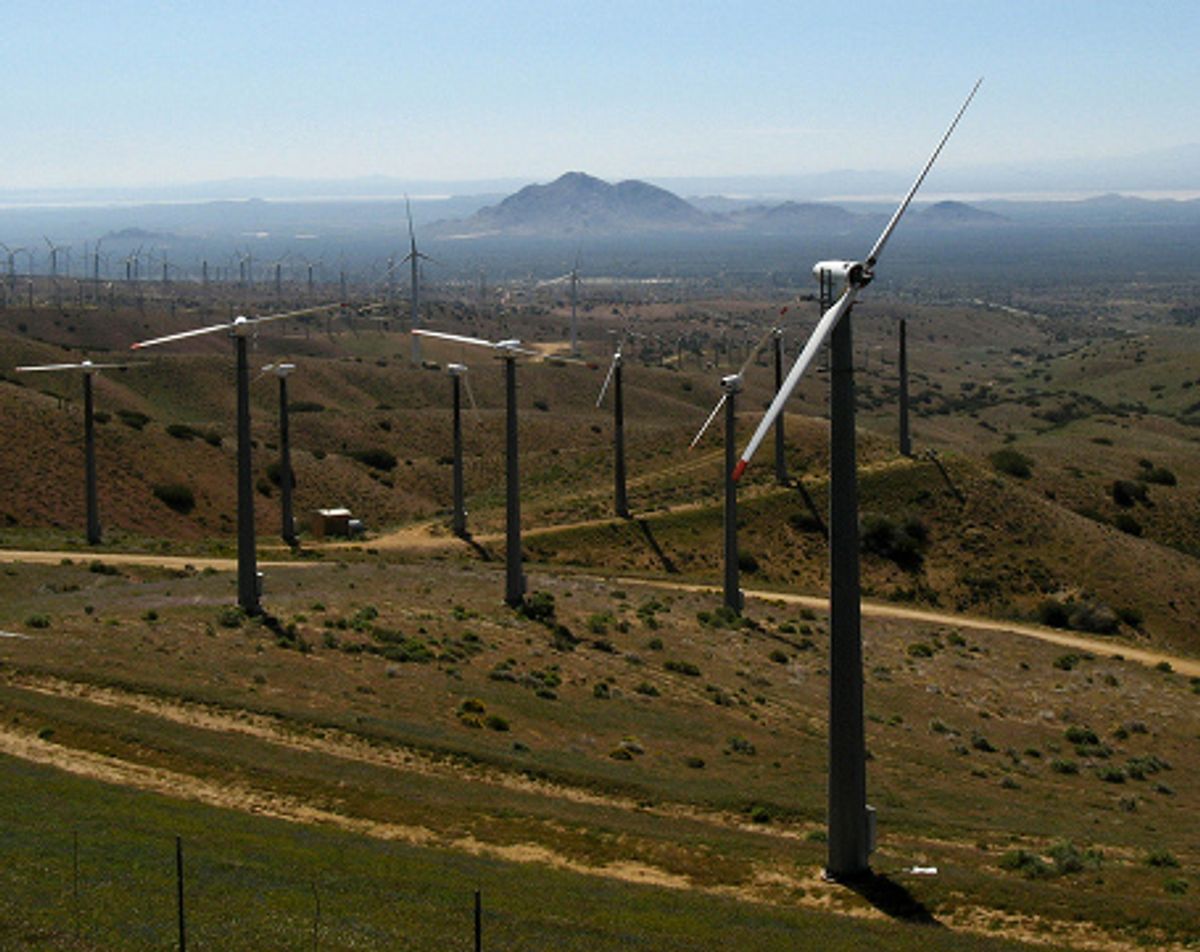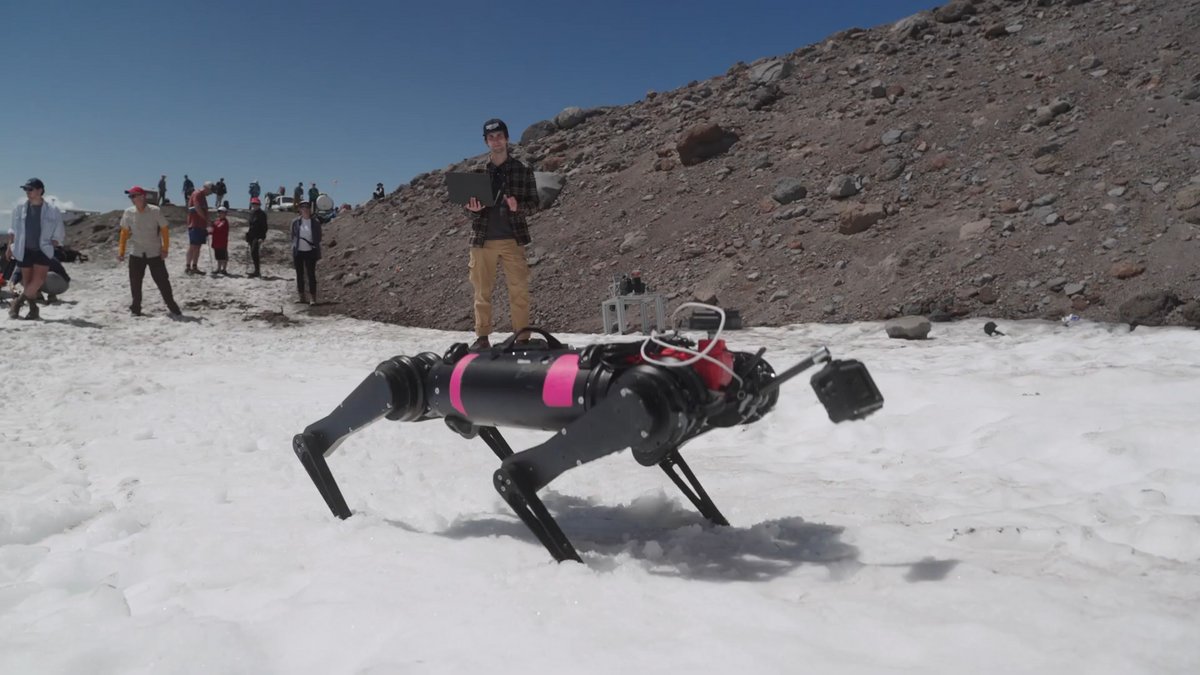As a LLNL press release says, better prediction of ramp events can allow control room operators of wind farms to better schedule the turbines and allow the grid to remain more stable in the face of rapidly shifting conditions.
"Our work identified important weather variables associated with ramp events," said Chandrika Kamath, the LLNL's project leader. "This information could be used by the schedulers to reduce the number of data streams they need to monitor when they schedule wind energy on the power grid."
To assess conditions that might help predict ramp events, the team monitored the Tehachapi Pass wind energy area in California and the Columbia Basin area in Washington and Oregon. They found that certain sensors and measurements could improve the wind speed forecasts, but so far only by a few hours ahead at most. Still, given that ramp events involve changes in output of a wind farm by 50 percent and more in only one hour, such forecasting improvements are needed.
According to a 2010 report from another National Laboratory, at Argonne, this is an area that needs substantially more research as wind power continues to be integrated into the grid. According to the report:
"Ramp event detection is a problem that has emerged fairly recently, as signified by the fact that it has no established standards, including definitions, forecasting methods, and evaluation metrics. Furthermore, the few existing methodologies report results that tend to be unreliable and of low accuracy. These observations indicate that the field is wide open to research that pushes beyond the current state of the art."
(Image of Tehachapi Pass wind energy area via LoraxV/Flickr)
Dave Levitan is the science writer for FactCheck.org, where he investigates the false and misleading claims about science that U.S. politicians occasionally make.



